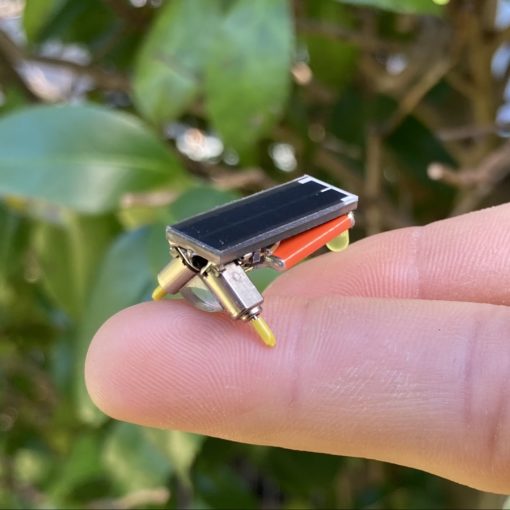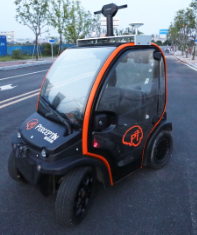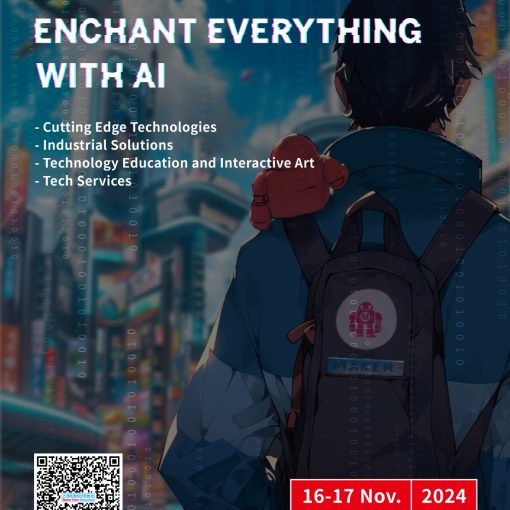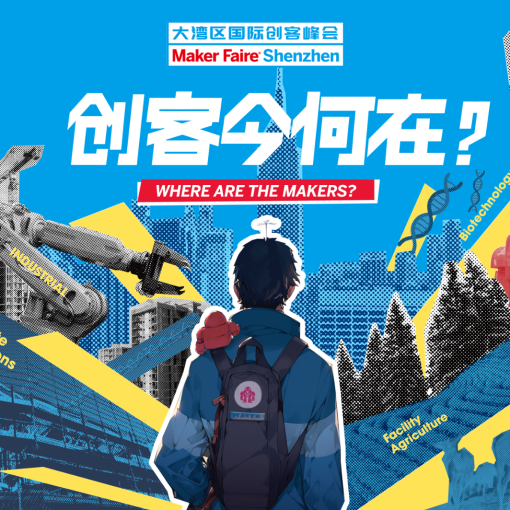Today’s “Startup Spotlight” segment introduces Sanytron (Booth B23).
Company Profile

Sanytron is a company specializing in human-machine interaction hardware products, particularly in the smart home sector. With nearly a decade of product development experience, the team has launched multiple best-selling products across over 50 countries and regions worldwide, earning high recognition from customers in smart home, artificial intelligence, and related fields. At this exhibition, Sanytron introduces two new human-machine interaction products designed to meet diverse maker needs across smart home and desktop gadget applications.
Highlight Products
Astrion—Universal Remote Control
Astrion is our brand-new universal remote control, specifically designed and developed for makers in the Home Assistant smart home ecosystem. HA users can seamlessly integrate Astrion into their whole-home automation systems to enjoy a more comprehensive smart home control experience.
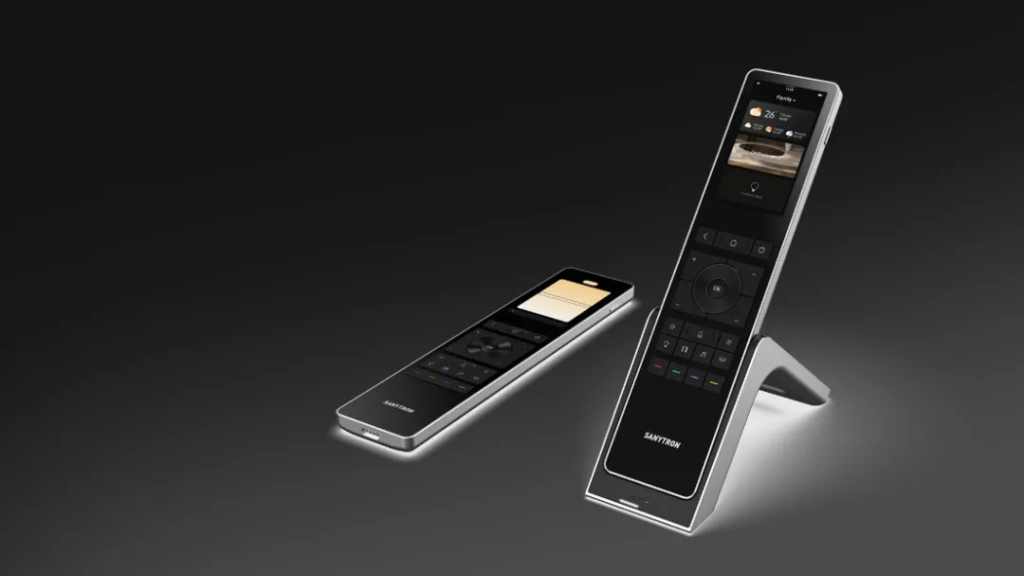
1. Multi-modal Interaction Integration
The Astrion Universal Remote, developed on the HA platform, offers both physical button shortcuts and touch controls for complex functions. It also supports voice control, with multi-modal integration meeting diverse user needs across different scenarios. This truly realizes the vision of seamless whole-home smart control.
2. Comprehensive Open Access to Software/Hardware Resources
To meet the personalized needs of makers, Astrion opens its hardware capabilities and firmware beyond standard configurations. The hardware integrates weight sensors, light sensors, infrared sensors, and more. Users can redefine the application functions of these hardware sensors within the HA platform. Simultaneously, the open-source firmware at the software level enables users with secondary development capabilities to write interface programs, fulfilling even more personalized requirements.

Ultra Bax, Desktop Personal Assistant
ULTRA BAR is the world’s first desktop-level cross-ecosystem smart control terminal. Through its BAR-shaped ultra-narrow screen and magnetic modular design, it condenses technological aesthetics and all-scenario smart control capabilities into the space of a desktop. Powered by the proprietary LineOS operating system, the SceneShift™ dynamic scene engine seamlessly reconstructs the desktop interface across work, gaming, music, and other scenarios through environmental awareness and behavioral prediction. This redefines desktop human-computer interaction.
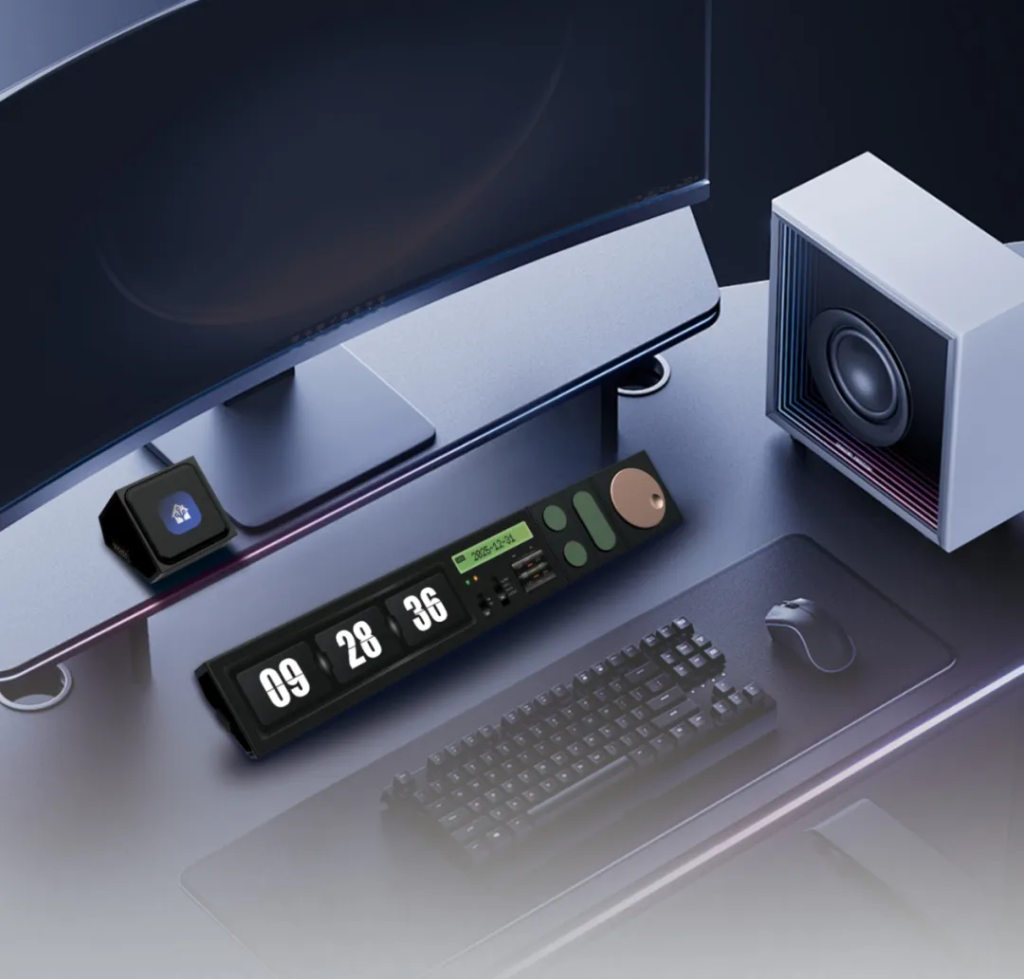
1. Modular Magnetic Structure
To address the highly personalized needs of desk-mounted users, they started with bold innovation in the structural design. Each module features a modular magnetic structure, allowing makers to freely combine components based on their usage habits to create the product that best suits their needs.
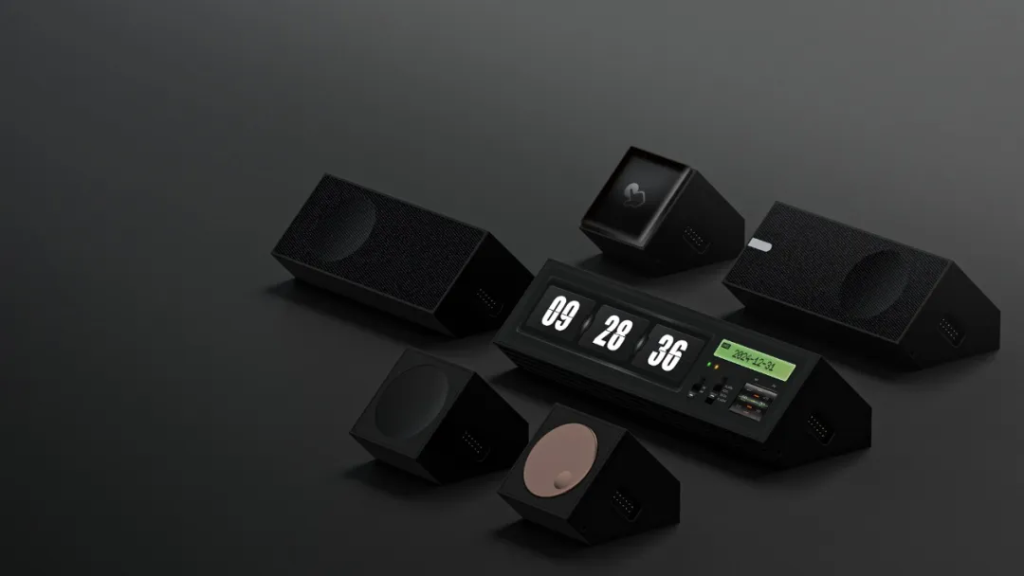
2. Each module supports customizable functions
They currently offer four distinct control modules: Dotkey for quick-access buttons, KnobKey for rotary controls, ViviKey for dynamic buttons, and more. Using our configuration software, users can freely define each module’s functionality. These modules can control smart home lighting, music, air conditioning, and other systems; operate design software like Photoshop; adjust PC volume; and more. They support integration with over 100 applications.
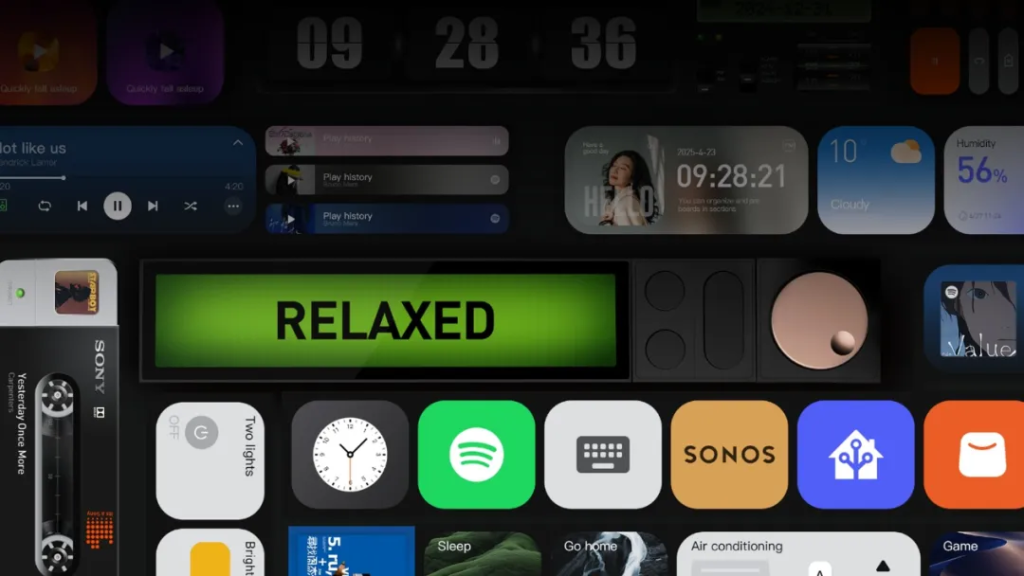
3. Highly Open-Source, Building the Ecosystem Together with Users
First, for driver development, they will build and open a driver platform. Users can follow our guidelines to perform secondary development and integrate more third-party applications, enabling control over additional third-party apps via UltraBar.
Second, they will also release 3D STP drawings for magnetic modules. Global makers can print various magnetic modules themselves, integrate them with UltraBar, and achieve more hardware connectivity to enrich our UltraBar ecosystem.
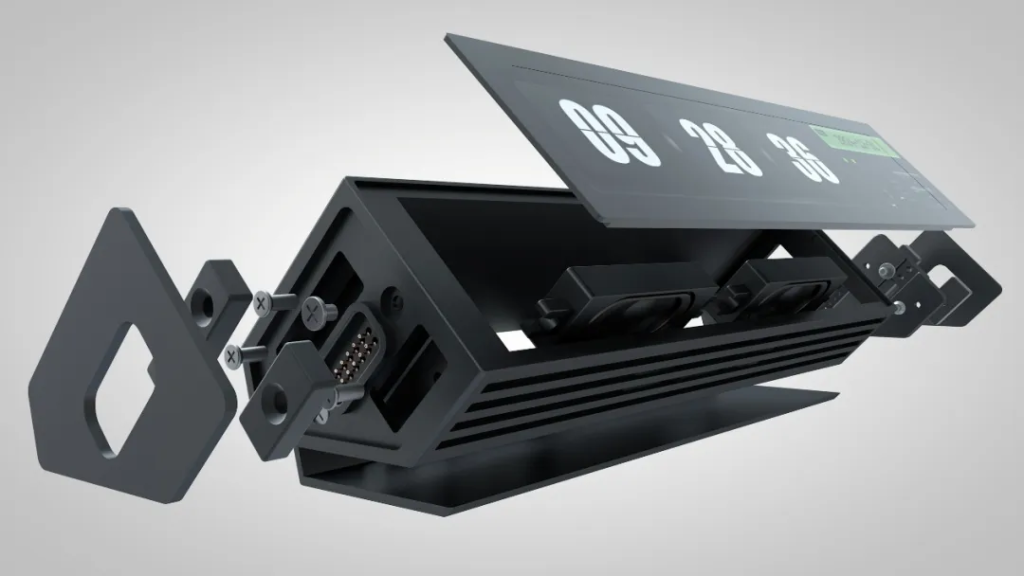
In the realm of human-machine interaction, Sanytron continuously innovates and breaks new ground, striving to deliver more engaging products to users worldwide!
At this exhibition, they look forward to connecting with makers and enthusiasts from around the globe to exchange ideas, explore possibilities, and spark even more exciting innovations!

Aiming to promote business connections between professional visitors and exhibitors, Maker Faire Shenzhen 2025 has initiated a new registration channel for professional audiences, which can ensure more efficient exhibition output and provide a good exhibition experience.
Visitor Register for MFSZ25



Over the past 12 years, the development trajectory of Maker Faire Shenzhen can be seen as a microcosm of the development of maker culture in China.
- 2012: “Gathering Small Wisdom, Journeying through the Great Future” – This was the first Mini Maker Faire in China, with less than 1000 attendees, and was more like a gathering within a small circle. But we saw the infinite possibilities emerging from the maker community.

- 2013: The slogan was absent, and the maker community was still small. – In the OCT Creative Park, there were cross-disciplinary exchanges among different creative communities, silently laying the foundation for cultural output.

- 2014: “Innovate with China” – the event was upgraded to the Featured level for the first time, with a significant increase in scale compared to previous years, and the beginning of professional independent forums. This year, makers began to enter the public’s view.

- 2015: “Everyone is a Maker, what are you waiting for?” – This year’s Shenzhen International Maker Week became one of the largest Maker Faires in the world. This year, the concept of “maker” was elevated to a national level, and the trend of “mass innovation, mass entrepreneurship” swept across the country.

- 2016: “My World, My Creation” – As the sub-venue of the National Innovation and Entrepreneurship Week, the event was held for the first time in the commercial center area, experiencing unpredictable weather from typhoons to scorching heat. Many makers succeeded in your entrepreneurial endeavors this year, but it seemed like there were even more failures. The hype around entrepreneurship shifted towards rationality.

- 2017: “Makers, Go Pro” – The event took place at the university campus for the first time, focusing on Maker Pros and providing a platform for diverse innovators and makers to showcase themselves, presenting more possibilities for the growth path of makers to the entire community.

- 2018: “Co-making in the City” – The main venue of Shenzhen International Maker Week, where individuals and groups with shared visions and values gathered to showcase stories, projects, and explorations of collaboration among different communities and people.

- 2019: ” To the Heart of Community, To the Cluster of Industry” – The event was upgraded to the Maker Faire Shenzhen, attempting to attract professional audiences and focusing on pragmatic aspects such as solving the needs of industrial upgrading and co-developin. It aims to build a platform for innovation and industry dialogue and collaboration.

- 2023: “Where Are The Makers?”– Starting from our own mission and values, we aim to explore the future direction of makers and theapossibilities for commercialization. Though this question does not have a definitive answer, we do hope that through this event, we can communicate and share with every one of you, finding more ideas and directions together.

- 2024: “Everything is AI” – This year, we brought together over 120 exhibitors from around the world, attracting nearly 1,500 professional attendees from nearly 20 countries and over 20 provinces across China. The exhibition showcased a wide range of AI application projects and hosted 10 AI hardware-themed satellite events, alongside various workshops.

